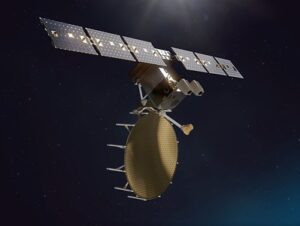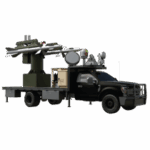
COLORADO SPRINGS, Colo.—Two small satellites developed by Lockheed Martin [LMT] to demonstrate the use of space for joint all domain command and control (JADC2) were successfully launched into orbit last month and are going through final checkout before demonstrations begin, a company official said on Monday. The self-funded Pony Express 2 mission will demonstrate several missions, including autonomous collaboration between the satellites using the company’s Hivestar artificial intelligence and machine learning platform to sort out which spacecraft is better positioned…

 By
By 











